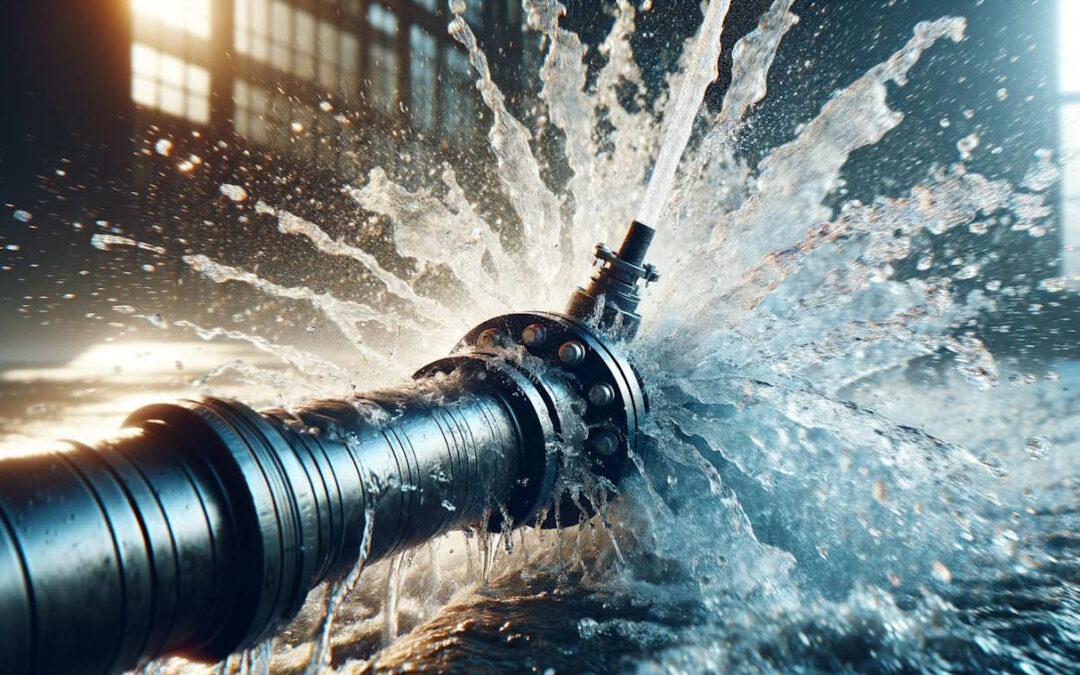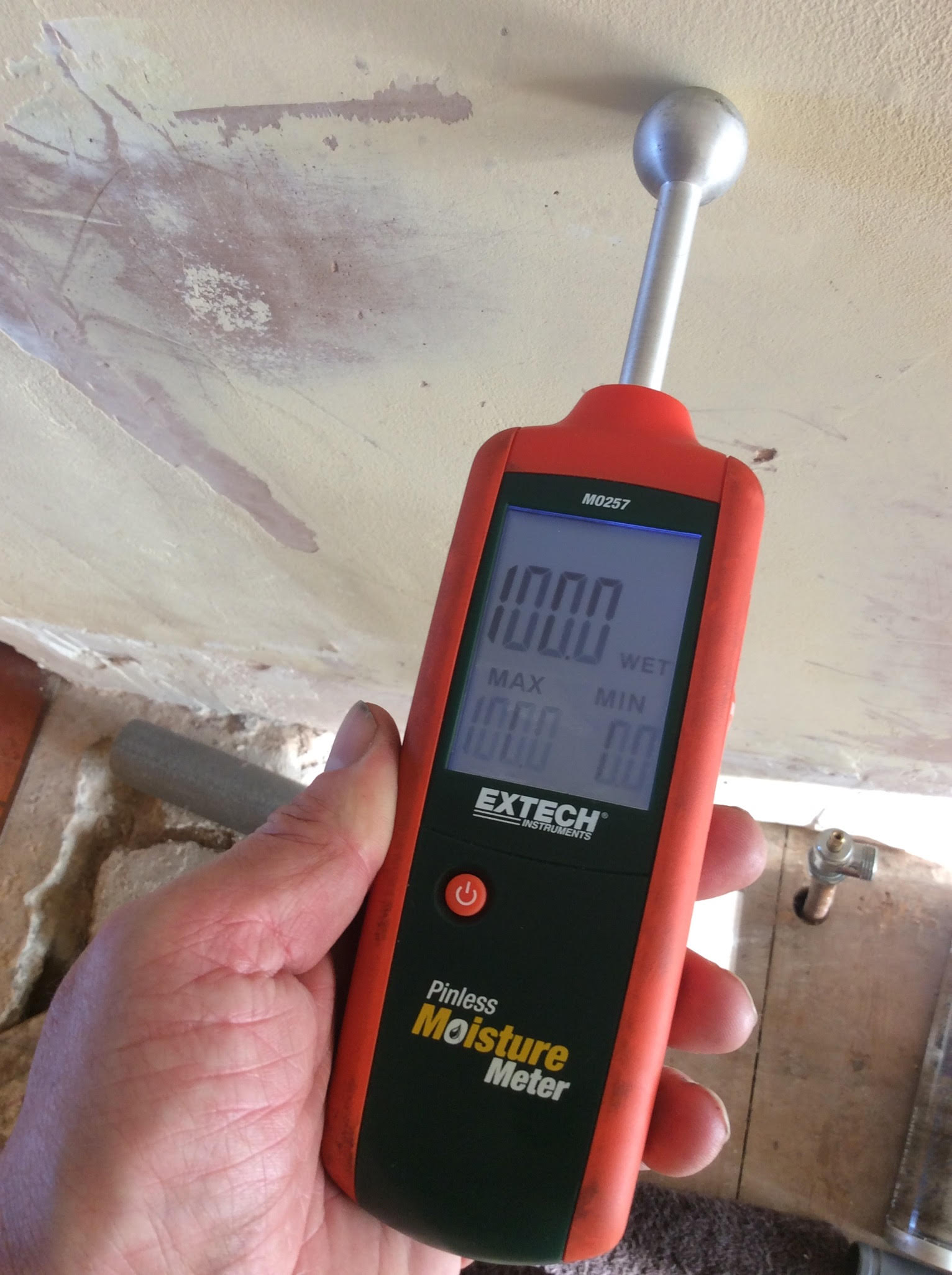Cutting-edge Solutions for Early Detection of Water Leaks in Buildings and Facilities
As the stability of structures and infrastructure is paramount, the obstacle of early detection of water leakages has stimulated ingenious solutions that promise to reinvent the way we safeguard versus possible problems. From advanced leak detection technologies to the deployment of IoT sensing units for real-time surveillance, the landscape of leakage prevention is advancing quickly. Machine knowing algorithms use a look right into the future of leak forecast, while thermal imaging presents a non-intrusive method for pinpointing hidden leaks. Automated water circulation evaluation systems are improving how leaks are recognized and addressed, paving the method for an aggressive strategy to water leakage detection. Each of these options holds the vital to guaranteeing the dependability and long life of our built atmosphere, motivating a shift towards an extra sustainable and efficient future.
Advanced Leak Discovery Technologies
Advanced leak discovery innovations, outfitted with sophisticated sensing units and algorithms, play an essential function in promptly determining and identifying water leaks in various settings. These innovations use a combination of acoustic, thermal, and electromagnetic noticing approaches to spot leakages properly. Acoustic sensors identify the audio of leaving water, enabling specific localization of the leakage resource. Thermal imaging detects temperature level adjustments triggered by water leakage, offering an additional reliable approach for leak identification. Electromagnetic sensing units can identify changes in electro-magnetic fields created by water, supplying yet another layer of leak detection ability.

IoT Sensors for Real-Time Monitoring
In the realm of modern water leak detection, the assimilation of IoT sensing units for real-time surveillance represents a crucial development in enhancing positive leakage discovery capabilities. These sensors offer continual monitoring of water supply, supplying real-time information on water flow prices, pressure variations, and temperature adjustments. By leveraging IoT innovation, these sensing units can spot even the smallest abnormalities in water use patterns, enabling early recognition of prospective leaks before they escalate into major concerns.
IoT sensors transmit information to a central system, where advanced formulas analyze the details and generate notifies or notices when irregularities are found. This real-time monitoring capacity enables home owners or facility managers to promptly deal with leaks, reducing water damage, reducing repair prices, and conserving water resources.
In addition, IoT sensors can be integrated with structure administration systems, enabling for automatic reactions to detected leakages, such as shutting off water valves or turning on pumps to reduce the effect of leaks. On the whole, the execution of IoT sensing units for real-time tracking dramatically improves the performance and effectiveness of water leak detection in buildings and infrastructure.
Maker Discovering Algorithms for Leak Forecast

One secret advantage of making use of artificial intelligence for leakage prediction is its ability to constantly discover and boost its accuracy with time. that site As more data is accumulated and fed into the algorithm, it can refine its forecasts and adapt to altering problems, inevitably enhancing the reliability of leak detection systems.
Additionally, artificial intelligence algorithms can help in identifying refined indications of leakages that may go unnoticed by traditional surveillance techniques. water leak detection. By assessing complex data collections in real-time, these formulas can offer very early warnings and notifies, enabling for punctual treatment and preventive upkeep to reduce possible water damage and linked prices
Making Use Of Thermal Imaging for Leak Discovery
Thermal imaging innovation supplies a promising approach for spotting water leakages in different systems and infrastructures. By utilizing infrared radiation and temperature level variances, thermal imaging cameras can determine covert leakages that are not conveniently visible to the naked eye. When water leaves from pipes or frameworks, it often changes the temperature of the bordering location, creating temperature level differentials that thermal cams can capture. These temperature level abnormalities are then converted right into visible images, highlighting the precise area of the leakage.
One of the vital advantages of thermal imaging for leak detection is its non-intrusive nature. Unlike traditional methods that may call for getting into walls or floors to find leaks, thermal imaging enables non-destructive testing. This not only conserves time and reduces costs but likewise minimizes disruption to the building or infrastructure being assessed. In addition, thermal imaging can swiftly scan large locations, providing an extensive review of prospective leak resources in look at here a timely way. On the whole, using thermal imaging technology boosts the effectiveness and precision of water leak discovery, making it a beneficial device for keeping the integrity of buildings and infrastructures.
Automated Water Circulation Analysis Systems
Exactly how can computerized water flow analysis systems transform the discovery and monitoring of leakages in numerous systems and infrastructures? Automated water circulation evaluation systems supply a proactive approach to leakage detection by continuously keeping an eye on water circulation prices and patterns. By establishing baseline information, these systems can swiftly determine inconsistencies that might indicate a leakage, allowing punctual treatment to avoid considerable damages.
These systems make use of innovative formulas to assess real-time information and offer immediate notifies when anomalies are found, permitting quick action to be taken. Additionally, automated water flow analysis systems can be incorporated with building additional reading administration systems or IoT systems, enhancing total efficiency and allowing remote monitoring abilities.
Moreover, the information collected by these systems can be used for anticipating maintenance purposes, assisting to recognize potential weak factors in the framework prior to leakages take place. Generally, the execution of computerized water circulation evaluation systems can significantly enhance leakage discovery and administration practices, eventually causing set you back savings, minimized water wastage, and raised sustainability in structures and facilities.

Conclusion
To conclude, the combination of advanced leak discovery technologies, IoT sensing units, artificial intelligence algorithms, thermal imaging, and computerized water circulation evaluation systems provides cutting-edge options for early discovery of water leaks in buildings and infrastructure. These innovations allow real-time monitoring, prediction of leakages, and efficient detection methods to avoid water damage and waste. Carrying out these remedies can aid in keeping the honesty and sustainability of water systems in different setups.